Weekly Photo Challenge
One Love
by Anne McCarthy
Anne McCarthy is a Happiness Engineer and Team Lead for Zen (the Happiness team behind VaultPress, Polldaddy, and Akismet at Automattic). When she’s not engineering happiness, she helps run the Accelerate.LGBT event series. Currently, Anne is nomading her way through life in search for a place to eventually call “home.”
One love refers to the universal love and respect expressed by all people for all people, regardless of race, creed, or color.
–The Urban Dictionary
I realized that the universe is constantly whispering words of love: expressions of pure joy, respect, loyalty, and sacrifice for someone other than ourselves, and instructions on letting go and focusing on what is most important in this world.

Weekly Photo Challenge
One Love
I am taking “One Love” in a wider sense as in the Urban Dictionary definition in my entry here.
“One love refers to the universal love and respect expressed by all people for all people, regardless of race, creed, or color.”
–The Urban Dictionary
In the present day in our world, we certainly need more “UNIVERSAL LOVE and RESPECT” from ALL PEOPLE to ALL PEOPLE regardless of RACE, CREED/RELIGION, or COLOUR/CULTURE. Wars and human conflicts only profit certain hawkish politicians, companies and countries selling weapons and war machines for business and profits at the misery of the innocent war victims.
In this posted photograph, there are various elements and factors to consider. In multiracial, multicultural, multi religious and multilingual Malaysia, racial harmony, mutual peaceful co-existence and tolerance are important parameters in our country. So in this photograph, we shall see the Malay performers dancing a Chinese-styled dance in a Japanese-themed Yosakoi Parade in George Town, Penang, Malaysia. There is definitely Universal Love and Respect between Malaysia and Japan. The Kingdom of Thailand is also equally involved with their participation. In the opening speech by the Chief Minister of Penang, Tuan Lim Guan Eng, a minute silence of respect was observed for the tsunami victims of the Tsunami that happened in North-Eastern Japan 5 years ago on March 11, 2011. One of the objectives of this Yosakoi Parade and Carnival was in commemoration of the tsunami victims in Japan during that tragedy.
Lim Soo Peng
With the satisfying feeling of “One Love” to All People in the World.
*************************************************************************************************************************************************
My deepest condolences go to the innocent victims of the Ankara’s car bombing on Sunday, March 13, 2016.
I must express my deepest condolences go to the innocent victims. War and human conflicts should not be waged on the innocent citizens of any country.
Peace and Universal Love to All.
Dated: March 13, 2016.
“A car bomb has exploded in the Turkish capital Ankara, killing 32 people and wounding more than 100, the health ministry has said.
The explosion happened in Guven Park in the Kizilay district, a key transport hub and commercial area.
Several vehicles at the scene were reduced to burnt-out wrecks, including at least one bus.” From BBC News.
*************************************************************************************************************************************************
From Wikipedia:-
Great East Japan Earthquake of 2011
The 2011 earthquake off the Pacific coast of Tōhoku (東北地方太平洋沖地震 Tōhoku-chihō Taiheiyō Oki Jishin?) was a magnitude 9.0 (Mw) undersea megathrust earthquake off the coast of Japan that occurred at 14:46 JST (05:46 UTC) on Friday 11 March 2011, with the epicentre approximately 70 kilometres (43 mi) east of the Oshika Peninsula of Tōhoku and the hypocenter at an underwater depth of approximately 30 km (19 mi). The earthquake is also often referred to in Japan as the Great East Japan earthquake (東日本大震災 Higashi nihon daishinsai?) and also known as the 2011 Tohoku earthquake, and the 3.11 earthquake. It was the most powerful earthquake ever recorded to have hit Japan, and the fourth most powerful earthquake in the world since modern record-keeping began in 1900. The earthquake triggered powerful tsunami waves that reached heights of up to 40.5 metres (133 ft) in Miyako in Tōhoku’s Iwate Prefecture, and which, in the Sendai area, travelled up to 10 km (6 mi) inland. The earthquake moved Honshu (the main island of Japan) 2.4 m (8 ft) east, shifted the Earth on its axis by estimates of between 10 cm (4 in) and 25 cm (10 in), and generated sound waves detected by the low-orbiting GOCE satellite.
On 10 March 2015, a Japanese National Police Agency report confirmed 15,894 deaths, 6,152 injured, and 2,562 people missing across twenty prefectures, as well as 228,863 people living away from their home in either temporary housing or due to permanent relocation. A 10 February 2014 agency report listed 127,290 buildings totally collapsed, with a further 272,788 buildings ‘half collapsed’, and another 747,989 buildings partially damaged. The earthquake and tsunami also caused extensive and severe structural damage in north-eastern Japan, including heavy damage to roads and railways as well as fires in many areas, and a dam collapse. Japanese Prime Minister Naoto Kan said, “In the 65 years after the end of World War II, this is the toughest and the most difficult crisis for Japan.” Around 4.4 million households in northeastern Japan were left without electricity and 1.5 million without water.
The tsunami caused nuclear accidents, primarily the level 7 meltdowns at three reactors in the Fukushima Daiichi Nuclear Power Plant complex, and the associated evacuation zones affecting hundreds of thousands of residents. Many electrical generators were taken down, and at least three nuclear reactors suffered explosions due to hydrogen gas that had built up within their outer containment buildings after cooling system failure resulting from the loss of electrical power. Residents within a 20 km (12 mi) radius of the Fukushima Daiichi Nuclear Power Plant and a 10 km (6.2 mi) radius of the Fukushima Daini Nuclear Power Plant were evacuated.
Early estimates placed insured losses from the earthquake alone at US$14.5 to $34.6 billion. The Bank of Japan offered ¥15 trillion (US$183 billion) to the banking system on 14 March in an effort to normalize market conditions.[47] The World Bank’s estimated economic cost was US$235 billion, making it the costliest natural disaster in world history.
Inserted by SP Lim

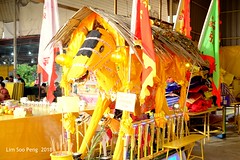
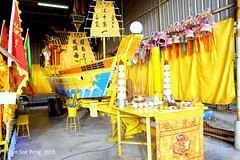

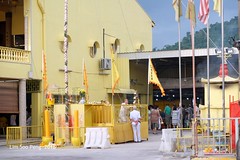
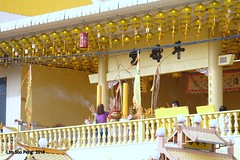
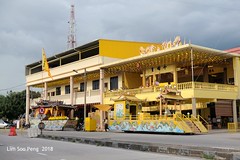
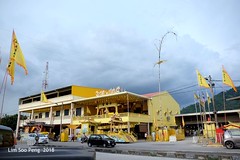


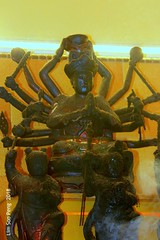




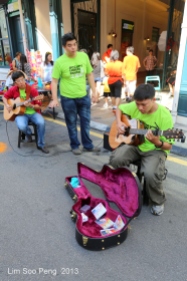

















































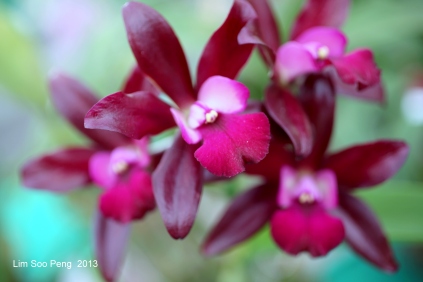
























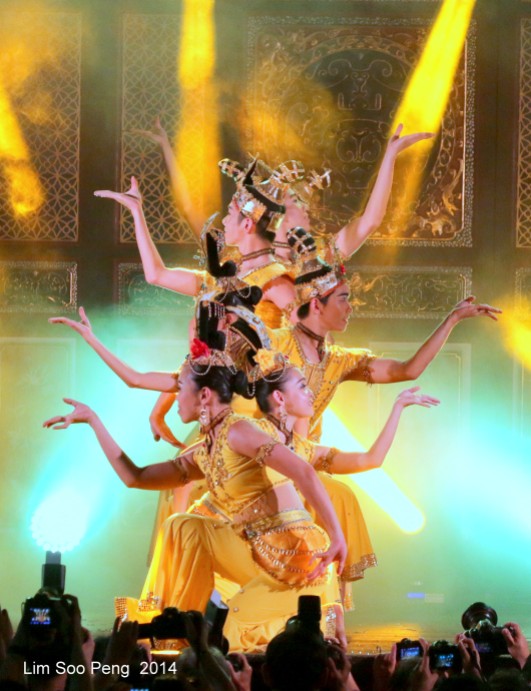













































































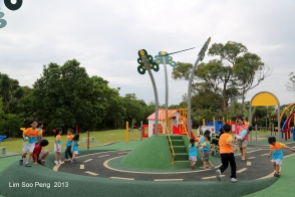
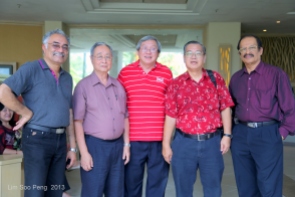









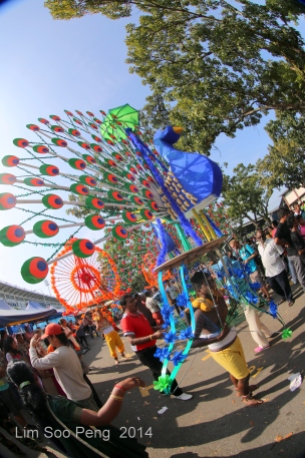






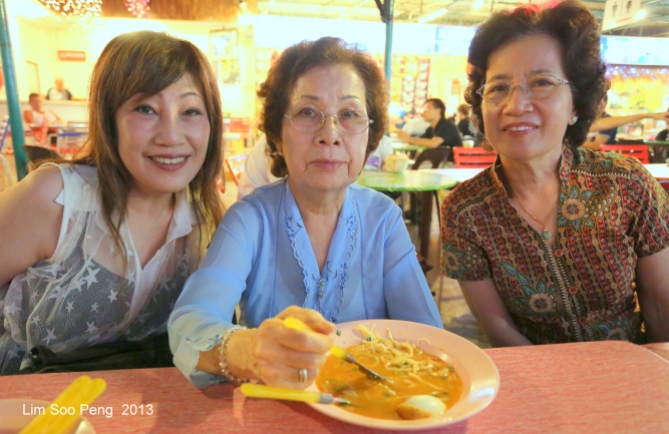








































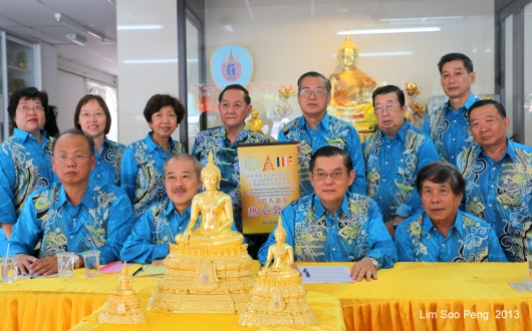








Lovely picture… 🙂
LikeLiked by 1 person
Thank you.
LikeLiked by 1 person